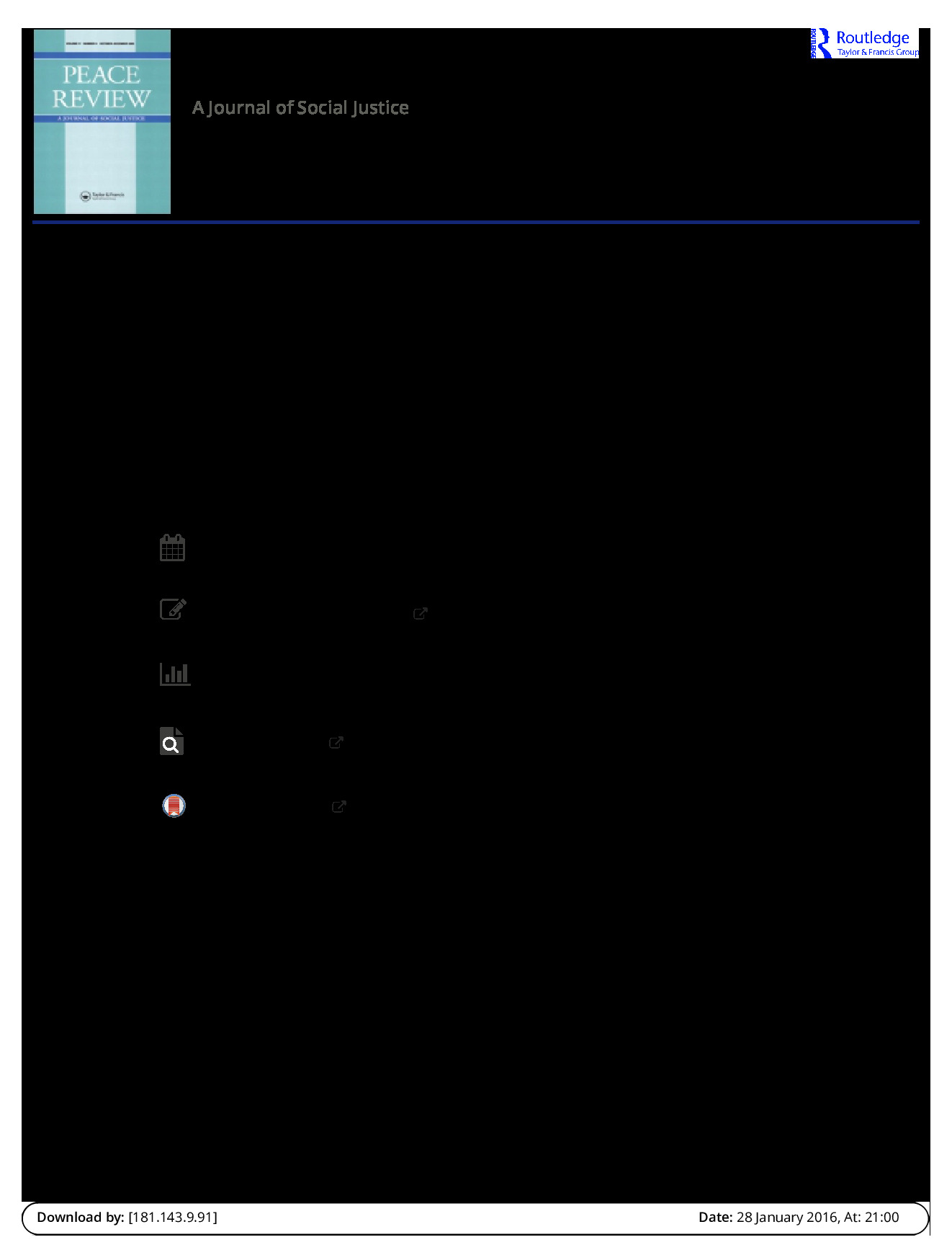Gender, conflict, and global environmental change
Abstract
Gender has long been identified as an important variable in both conflict (de-)escalation processes and vulnerability or adaptive capacity toward global environmental change. We understand gender as the socioculturally and politico-economically constructed roles and responsibilities ascribed to men and women that change over time, are context- and history-specific, and are inseparable from power relations. With increasing scarcity and degradation of land and water, those who are poor in resources, income, and power—many of them women—lose their rights to use these existential resources. The loss of livelihood due to environmental change, regardless of whether it was caused mainly by global warming or more by bad governance, is often the starting point of resource-related conflicts on the micro and meso levels. Such escalation processes have gender-differentiated causes and consequences: each societal group is affected differently both by environmental change and by conflict, depending on its specific position in the respective structures along which access to resources, income, and decision-making power is distributed. This position is defined by various in- and out-group markers: age, ethnicity, (dis-)ability, religion, and so on—and, crucially, by gender. Thus, gender is a relevant category both for the analysis of (de-)escalation processes in violent conflicts and for examinations of the different vulnerabilities and adaptive capacities of women and men to (global) environmental change

